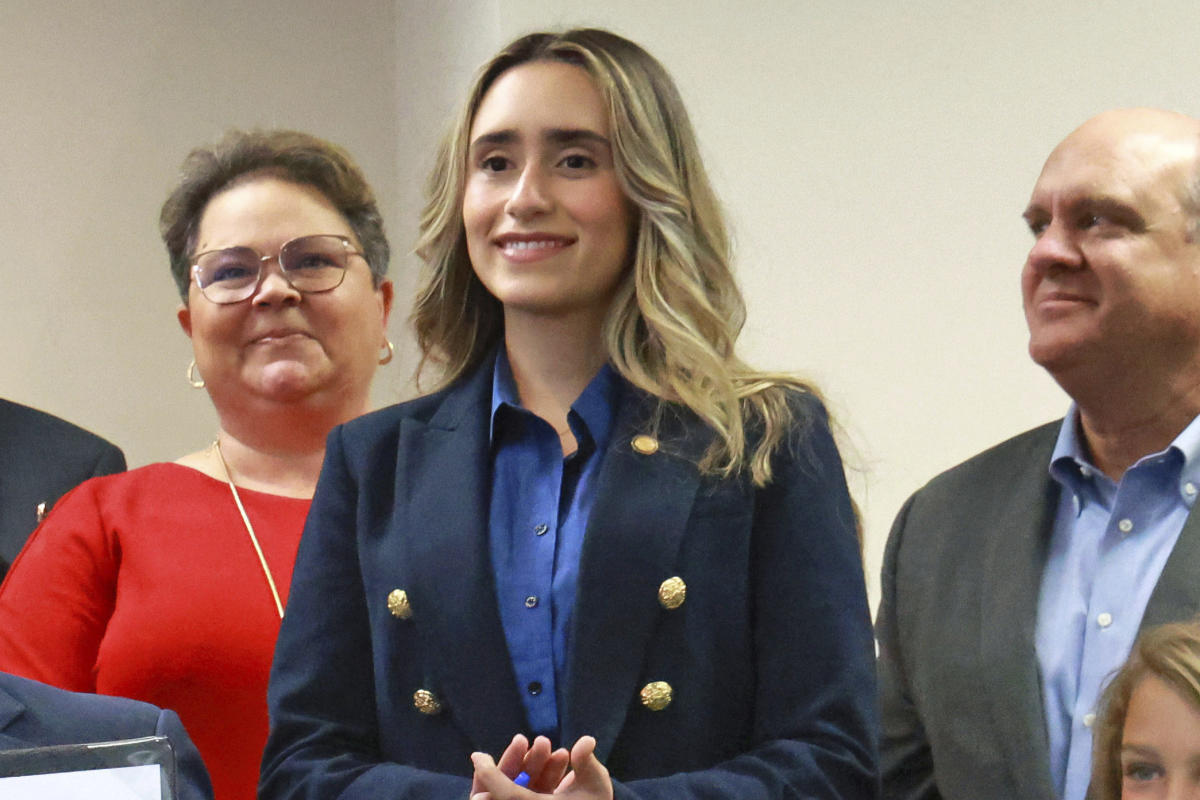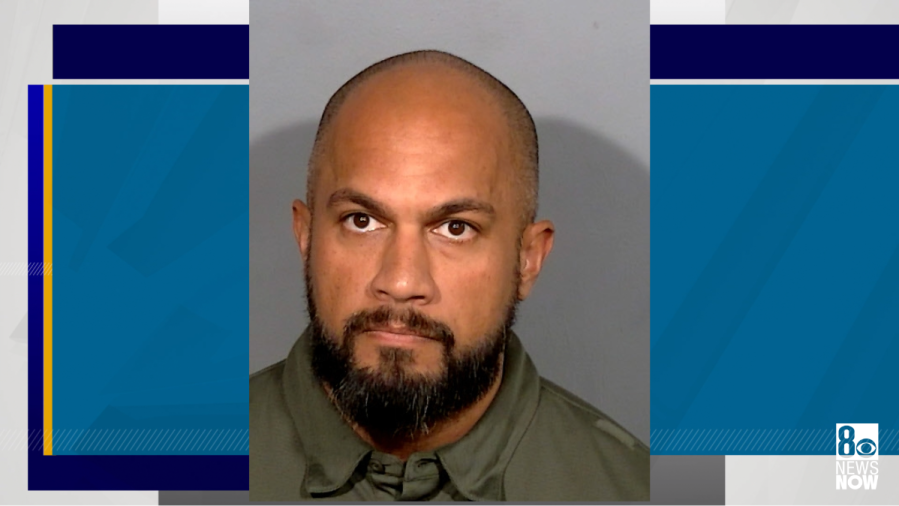[ad_1]
When Pachy García, a.k.a. Pachyman, opens for the punk-adjacent Osees as part of their annual fall residency at The Chapel on Tuesday, Sept. 3, the musician will be taking part in a nearly 50-year-old tradition started by groundbreaking DJ Don Letts.
In 1977, Letts was the DJ at the Roxy in London, also known as the first punk club — like, ever. But, despite the raw new sounds and aesthetics of the bands taking the stage, there were no punk records in the club for him to spin before or after shows: All he had was dub. That’s how Letts learned that the punk patrons — who had come out to see the Clash, the Sex Pistols and the Slits — also loved the unconventional, anti-establishment vibe of reggae. There were those brain-numbing tuff bass lines, lyrics that spoke to strife and, of course, “They didn’t mind the weed, either,” as Letts once said in an RBMA interview.
Pachy García has opened for so many different kinds of bands that he’s learned his music has a similarly unifying pull. It’s a blend of dub and reggae in which he plays all the instruments that somehow comes off both retro and forward-thinking. “It seems to bring people from all across the board, maybe because I’m always trying to push the project into different horizons,” says García, who was born and raised in Puerto Rico and now lives in Los Angeles; at the time of this interview, he was on tour in Berlin. “I’ve had the opportunity to open for many bands that are very different from me … [which] has helped me cultivate a different fan base as well.”
The first time I clicked play on the video for “Big Energy,” I was not ready for what happened next: Throughout the three minutes and change, García lays out Pachyman’s process without a word. Shot in his LA basement studio, 333 House, where he’s recorded four albums in total, mini-vignettes are intercut with Pachyman not just playing everything — bass, drums, piano, congas — but holding space, paying tribute to the dub producers who created this genre from the dirt floor up.
Like those master lemonade makers, he uses resources that are within reach: shakers, bongos and soundboard effects being pushed up and down. Of course, we live in a digital “make a track on your laptop” world. So when García is stacking, piling, mounding, concentrating — producing this raw, rhythm-driven, drum and bass-origin music in the same manner as the creators Lee “Scratch” Perry and King Tubby — it’s a choice. With that hand manipulation of each instrument, running reel-to-reel tape technology, García opens a verifiable portal for music lovers and analog enthusiasts of every genre and stripe.
Big energy, indeed.
“I’m always surprised that people are so receptive and interested in it,” says García. “I always thought dub was such a niche thing, but people are more open to it than I thought.” He believes “people secretly love reggae, but they don’t want to let other people know about it. I also feel like I’m a lot of people’s gateway to that genre.”
“Sunset Sound,” another jaw-dropper of a tune from 2021’s “The Return of Pachyman,” falls deeply in the pocket of what is called “lovers rock,” where a slower pace takes over and smooth and melodic soul sounds dominate just as much as those heavy, sloping bass lines. Still, at the heartbeat pace, an inviting organ line propels the movement, while the snare and bass drum hits converse in the background.
The genre fluidity is unsurprising when you hear his history: As a teen in Puerto Rico, he loved the guitar and was a fan of bands like Nirvana, hardcore Dischord label bands, and Puerto Rican hardcore pioneers Tropiezo and Juventud Crasa.
Then dub came a-calling. In the early 2000s, García was drawn to Cultura Profética, the dominant force in Puerto Rican reggae. After moving to L.A., he found a niche group called Dub Club and started crate-diving for classic records, old microphones, and reel-to-reel tape machines in his quest to achieve an old-school reggae sound. (He also became the drummer-vocalist for the pop-noise project Prettiest Eyes, which fed his other musical love, synth-punk.)
With the instrument-driven Pachyman persona, García brings it all together, displaying how the Caribbean flow is, as he describes it, “transnational,” from Jamaica to San Juan and Southern California.
“The difficult part is pulling it off, considering that I’m the only one recording all the instruments,” says García, noting that he’s a self-taught engineer. “I’m still learning every day.”
***
Pachyman opens for Osees Tuesday, Sept. 3 at The Chapel (777 Valencia St., San Francisco). Sold out.
[ad_2]
Source: missionlocal.org








